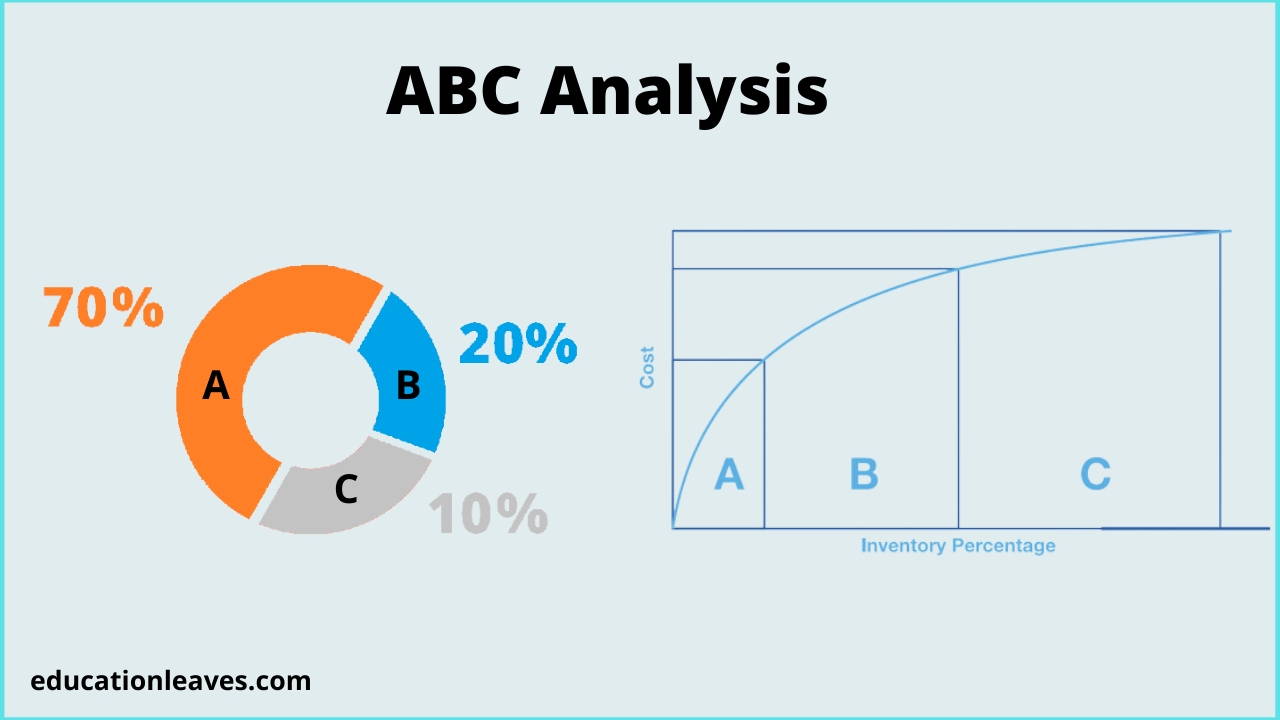What is Market Research? [PDF Inside] Definition, Objectives, Types, Process, and Importance
The process of evaluating the feasibility of a new product or service through research conducted directly with possible customers is called market research or marketing research.










